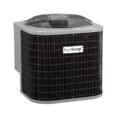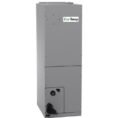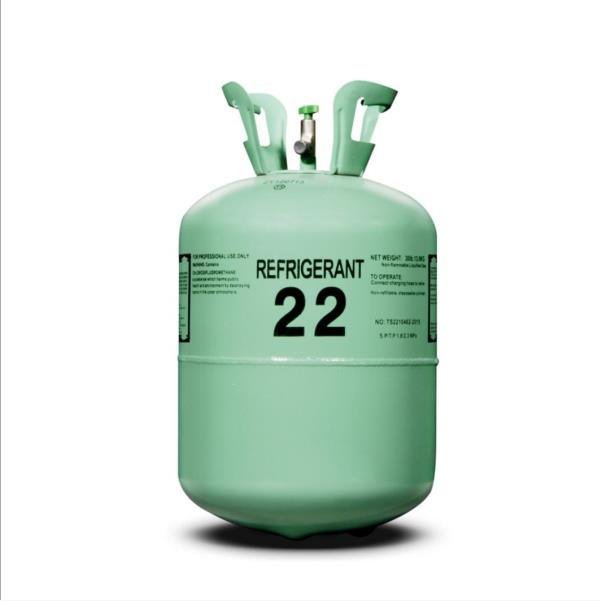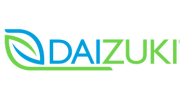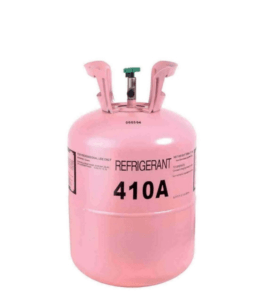Transition to A2L Refrigerants: An Essential Guide for HVAC Professionals

The HVAC industry is on the brink of a significant shift with the introduction of A2L refrigerants. Driven by environmental concerns and stricter regulations, this transition requires HVAC professionals to adapt to new technologies, safety practices, and refrigerant knowledge. This article provides a comprehensive guide on transitioning to A2L refrigerants, covering the key aspects HVAC professionals need to know.
1. R22 and R410A Being Phased Out
Traditional refrigerants like R22 and R410A are being gradually eliminated due to their high Global Warming Potential (GWP).
R22: Already out of production, R22 is becoming increasingly scarce and expensive, as only recycled or reclaimed supplies are available.
R410A: Though still in use, the production of new systems using R410A is set to end by 2025. This phase-out is a crucial step toward reducing the environmental impact of HVAC systems.
The gradual removal of these refrigerants highlights the importance of adopting sustainable alternatives like A2L refrigerants.
2. A2Ls: The New Refrigerants
A2L refrigerants, such as R-32 and R-454B, have emerged as the most promising alternatives to traditional refrigerants.
Advantages:
- Lower GWP compared to R410A and R22.
- Improved performance and energy efficiency.
- Compliance with evolving environmental regulations.

Among these, R-454B is gaining traction, with major manufacturers like Carrier adopting it for new HVAC systems.
3. What Should Home Builders Do Right Now?

With the phase-out of R410A on the horizon, home builders must take proactive steps to stay ahead of regulatory changes:
- Avoid Installing R410A Systems: Choosing R410A systems now could lead to higher long-term costs as refrigerant becomes scarce and maintenance more complex.
- Adopt A2L-Compatible Systems: Transitioning to A2L refrigerants ensures compliance with future regulations and provides long-term environmental benefits.
- Partner with Certified HVAC Professionals: Work with technicians trained in A2L refrigerants to ensure proper installation and maintenance.
4. Why the Change?
The transition to A2L refrigerants is driven by several factors:
- Environmental Concerns: A2L refrigerants have significantly lower GWPs, helping reduce greenhouse gas emissions and combat climate change.
- Government Regulations:
Agencies like the U.S. EPA are enforcing the phase-down of high-GWP refrigerants.
Global agreements like the Montreal Protocol and Kigali Amendment mandate the reduction of HFCs, promoting alternatives like A2Ls.
- Energy Efficiency: Many A2L refrigerants offer superior energy efficiency, reducing overall energy consumption in HVAC systems.
5.Safety First: A2Ls and Flammability
One key concern with A2L refrigerants is their mild flammability. While this characteristic requires additional precautions, A2Ls are designed with stringent safety standards to minimize risks.
- Proper Training: Technicians must undergo specialized training to handle A2L refrigerants safely.
- Safety Protocols: Ventilation, leak detection, and proper equipment handling are essential for ensuring safety.
- Industry Standards: Adherence to established safety standards mitigates the risks associated with A2Ls.
When handled correctly, A2L refrigerants are both safe and efficient.
6.The Future is A2L: Spotlight on R-454B
Among the A2L refrigerants, R-454B is emerging as a leading option for HVAC systems.
- Key Features:
A GWP of 466, significantly lower than R410A (GWP 2088).
Similar operating pressures to R410A, making it easier to integrate into existing systems. - Sustainability and Efficiency: R-454B offers a sustainable solution with enhanced energy efficiency, making it a preferred choice for manufacturers and installers.
7.Preparing for the Transition: What to Expect
Transitioning to A2L refrigerants will require HVAC professionals to adapt in several areas:
- Training and Certification:
- Specific training on safe handling, installation, and maintenance of A2L systems.
- Understanding A2L properties, leak detection, and repair procedures.
- New Tools and Equipment:
- Use of specialized tools like leak detectors, vacuum pumps, and recovery machines designed for A2L refrigerants.
- Adapting to equipment that minimizes ignition risks.
- Updated Work Processes:
- Changes in leak detection, purging, and safety protocols.
- Implementing measures to ensure technicians are familiar with new processes.
8. Frequently Asked Questions
What are A2L refrigerants?
A2L refrigerants are a new class of low-GWP refrigerants with mild flammability, designed to replace traditional refrigerants like R410A and R134a.
Are A2L refrigerants safe?
Yes, A2L refrigerants are safe when handled properly. While their mild flammability requires additional precautions, proper training and adherence to safety standards minimize risks.
When should I replace my HVAC system?
If your system uses R410A and is functioning well, there’s no immediate need for replacement. However, upgrading to an A2L-compatible system ensures future compliance and environmental benefits.
Conclusion:
The transition to A2L refrigerants represents a significant shift in the HVAC industry, requiring professionals to adapt to new technologies and practices. Understanding the key aspects of this transition—such as the phase-out of traditional refrigerants, A2L properties, safety considerations, and process adaptations—is essential for a smooth and successful change. By embracing this transition, HVAC professionals can contribute to a more sustainable and efficient future for the industry.








